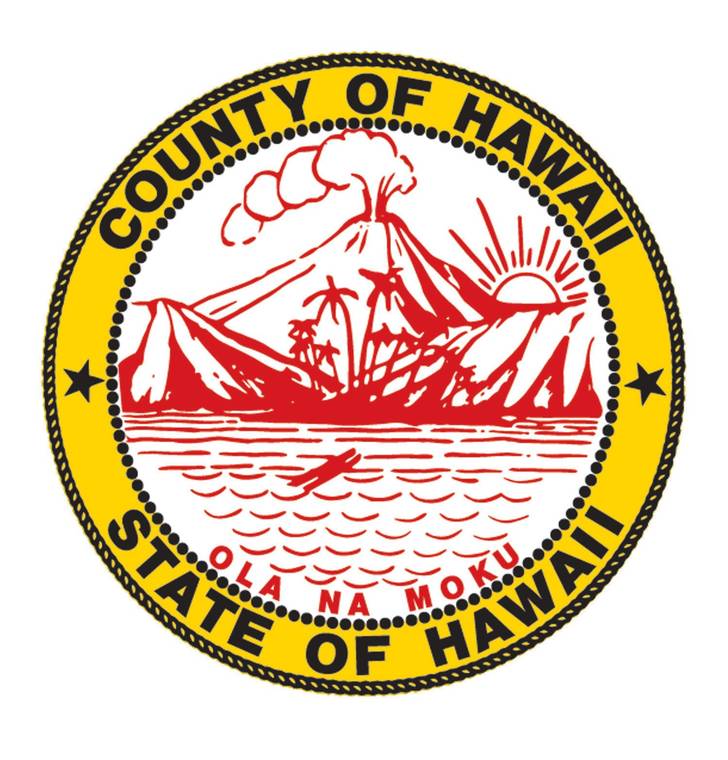HILO — Environmentally-minded residents had mixed feelings about the county’s proposed new solid waste management plan during a public information meeting Wednesday evening.
The 392-page Integrated Solid Waste Management Plan was unveiled Dec. 8 and makes 82 specific recommendations for changes to the county’s waste management systems. With the period for public comment on the plan open until Feb. 4, 2020, representatives for the county Department of Environmental Management met with members of the public to explain the strongest of those recommendations.
George Hayducsko, recycling coordinator for Environmental Management, explained the plan — drafted by a five-member Solid Waste Advisory Committee with the help of two consultancy firms — identified six primary recommendations to improve the county’s waste management plan, which has been beleaguered in recent years by shrinking recycling markets and landfill space while the population and amount of waste continue to rise.
These recommendations included support for recycling and waste-reduction education and outreach programs for residents, business owners and, crucially, visitors; more household hazardous waste collection events; and allowing small businesses to drop their recyclables at county transfer stations.
Another recommendation was for the county to renegotiate its contract with Waste Management Hawaii, which Greg Goodale, chief of Environmental Management’s Solid Waste Division, said was signed in 1993 and has no actual end date.
“It’s not in the county’s best interest for them to have such an open-ended contract,” Goodale said, adding that he thinks Waste Management Hawaii will renegotiate in good faith.
The final two recommendations were more broad — one recommendation advised the county to develop goals measurable in terms of environmental impacts in addition to existing landfill diversion goals while the other simply advised the county to develop policies related to waste reduction and recycling.
Hayducsko said some of the county’s potential policies included a possible expansion to the West Hawaii Sanitary Landfill that would be used to sort and reuse construction and demolition waste, although some in attendance murmured at the prospect of increasing the capacity of the island’s landfills rather than diverting waste from them.
In 2018, the county sent nearly 230,000 tons of waste to the landfill, nearly 75,000 more than in 2009. Meanwhile, the county diverted nearly 60,000 tons — about 20% of the island’s total waste — from the landfill through recycling or other programs, a decrease by about 16% from 2009.
Attendees of the meeting questioned whether the proposed plan goes far enough in addressing the source of the island’s waste, murmuring in agreement with one attendee who urged the county to take a stronger stance in regulating big-box retailers, which generate a substantial amount of non-recyclable waste.
Roy Kadota, owner of Mr. K’s Recycle and Redemption Center, asked why the county can’t convert waste into salable products, as some mainland programs do. Goodale said constructing the necessary facilities for such a program is cost prohibitive on the Big Island.
“We’re looking at ways to cut costs first,” Goodale said.
However, funding was already in short supply for the previous plan recommendations made in 2009. Several of the recommendations made were not implemented because of funding or staffing constraints.
The county also did not conduct an updated waste stream composition study — to save money, Hayducsko said — instead relying on a 2009 study to determine the type breakdown of the county’s waste.
Hayducsko emphasized that the 2019 plan is still a draft and can be amended based on public feedback. There will be public hearings Jan. 21, 2020, in Hilo and Jan. 23, 2020, in Kona.
Email Michael Brestovansky at mbrestovansky@hawaiitribune-herald.com.






